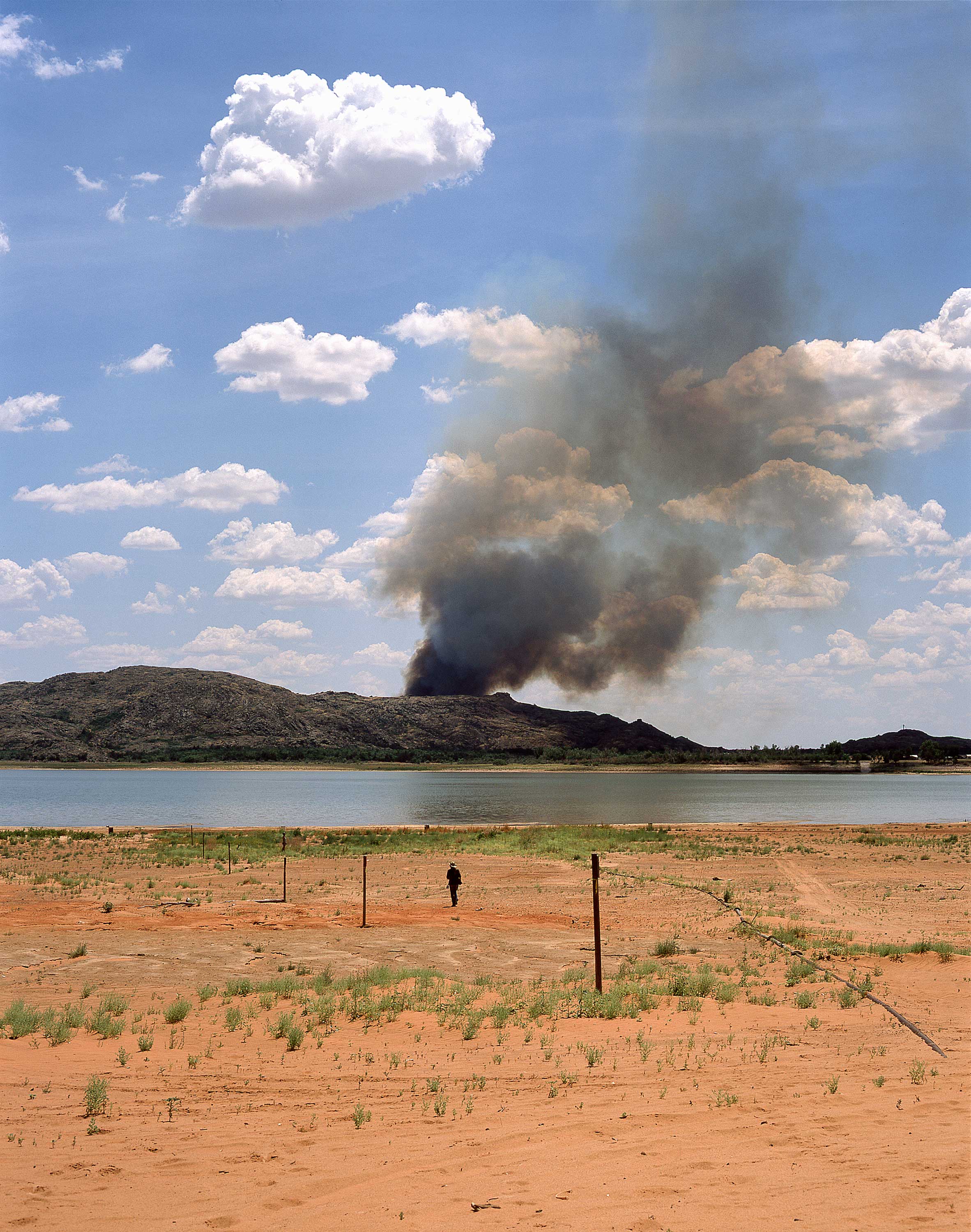
The concept of climate change is abstract for most; but for those living throughout the U.S.’s south as well as in parts of California, it represents a real threat to their day-to-day lives.
As a Texan native, photographer Andrew Williams was drawn to the prospect of visualizing climate change. “When I was living in New York City, I kept hearing more and more about the drought in the southwest,” he explains, “and then when I started this project, I fell into an ‘environmental depression’ very quickly.”
For the past three years, Williams has worked with the National Oceanic & Atmospheric Administration (NOAA) to produce his body of work Earth Not Ours. As part of an artist-in-residence program, called Water Rights, he began researching and photographing drought conditions throughout the southwest and California.
Williams shoots with a lyrical eye; his vertical compositions each contain their own singular narrative, which flows into the series as a whole. Showing familiar scenes of American landscapes, his photographs reveal a world on the verge of dystopia. Tracks in a field create extra-terrestrial-like symbols, clouds above give a daunting God-like presence, and singular men walk through deserts as smoke rises in the distance.
Williams chose this visual approach to force people to look at the drought situation differently. Not shooting in a straight journalistic way, the photographs have a quieter, almost narrative quality. As climate conditions continue to reach new extremes, Williams’ photographs are a look into the already existing dangers that have come from it. “The changing climate was apparent to me and I wanted to try and make work that encouraged urgent action—that ‘business as usual’ is no longer an option,” he says.
Andrew Williams is a photographer currently based in Santa Fe, New Mexico. Follow him on Instagram.
Cassidy Paul is a contributor for TIME LightBox. Follow her on Instagram.
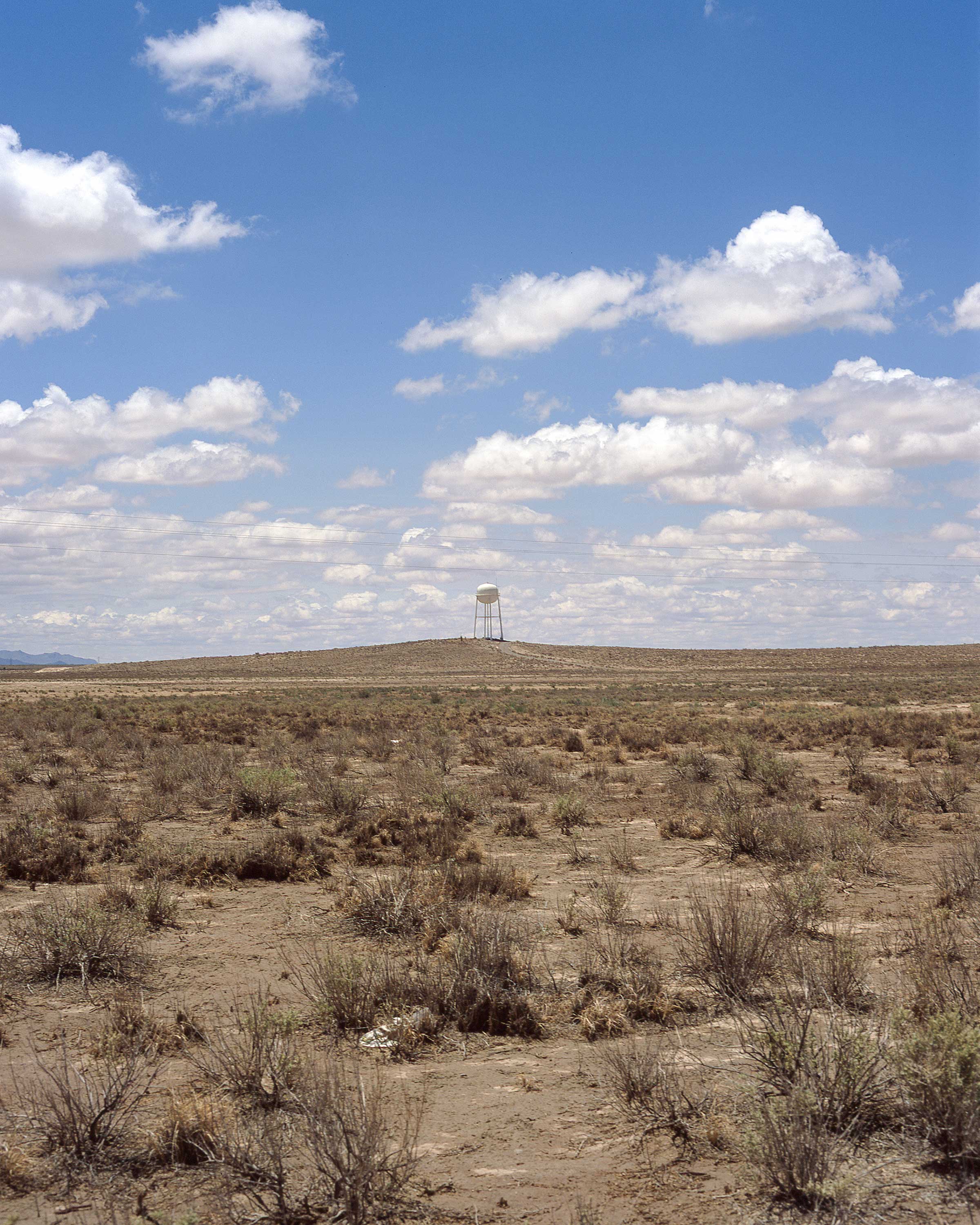
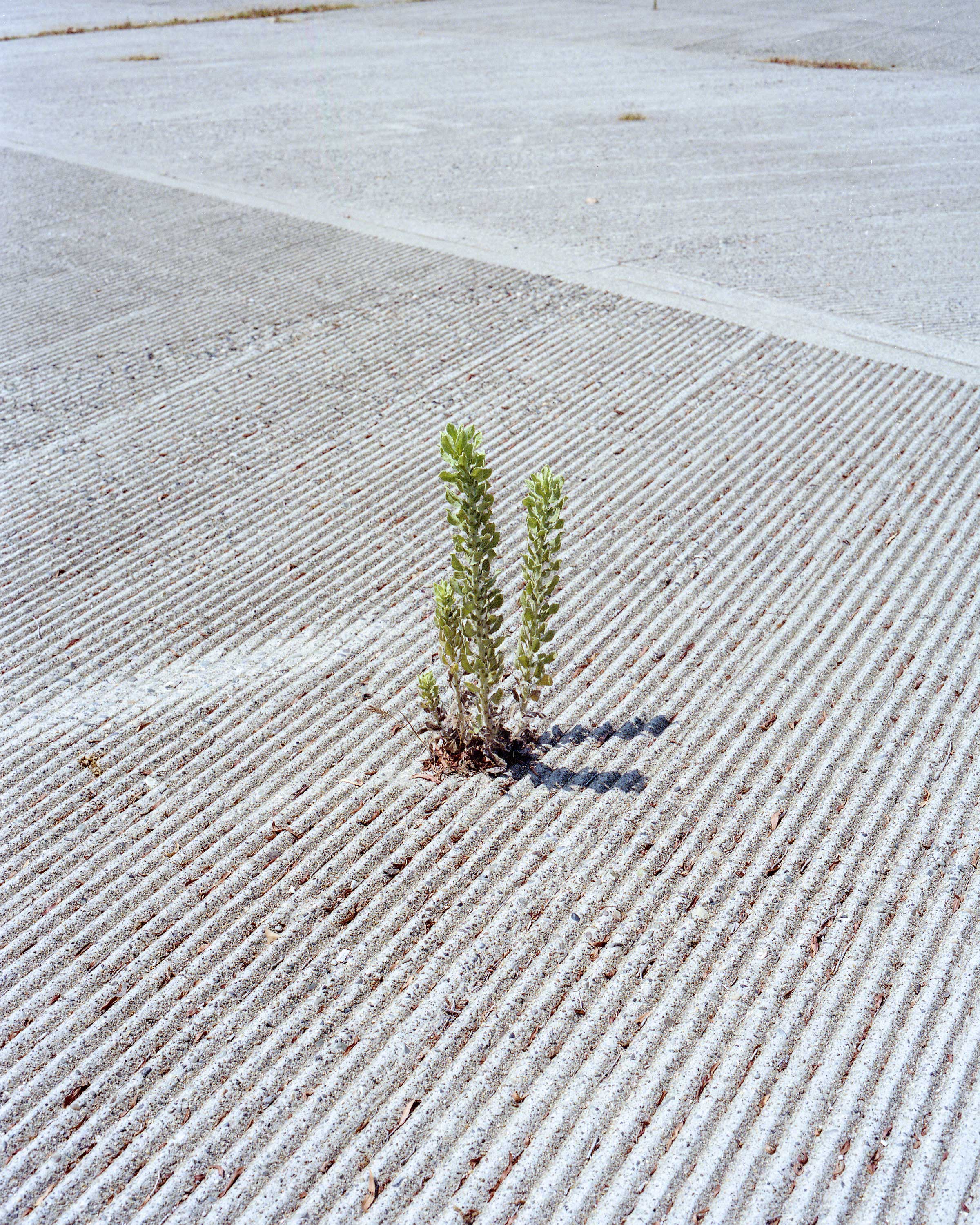
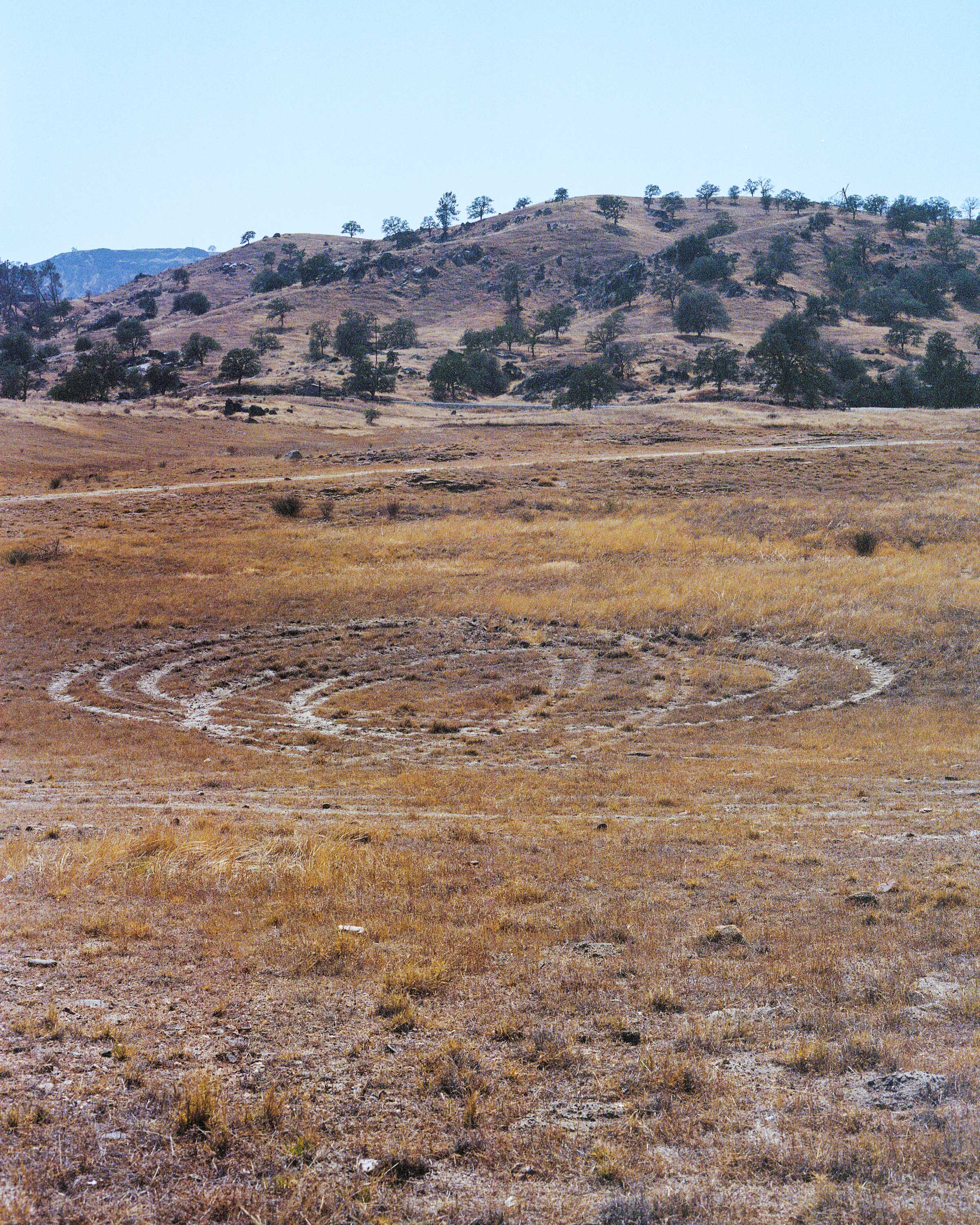
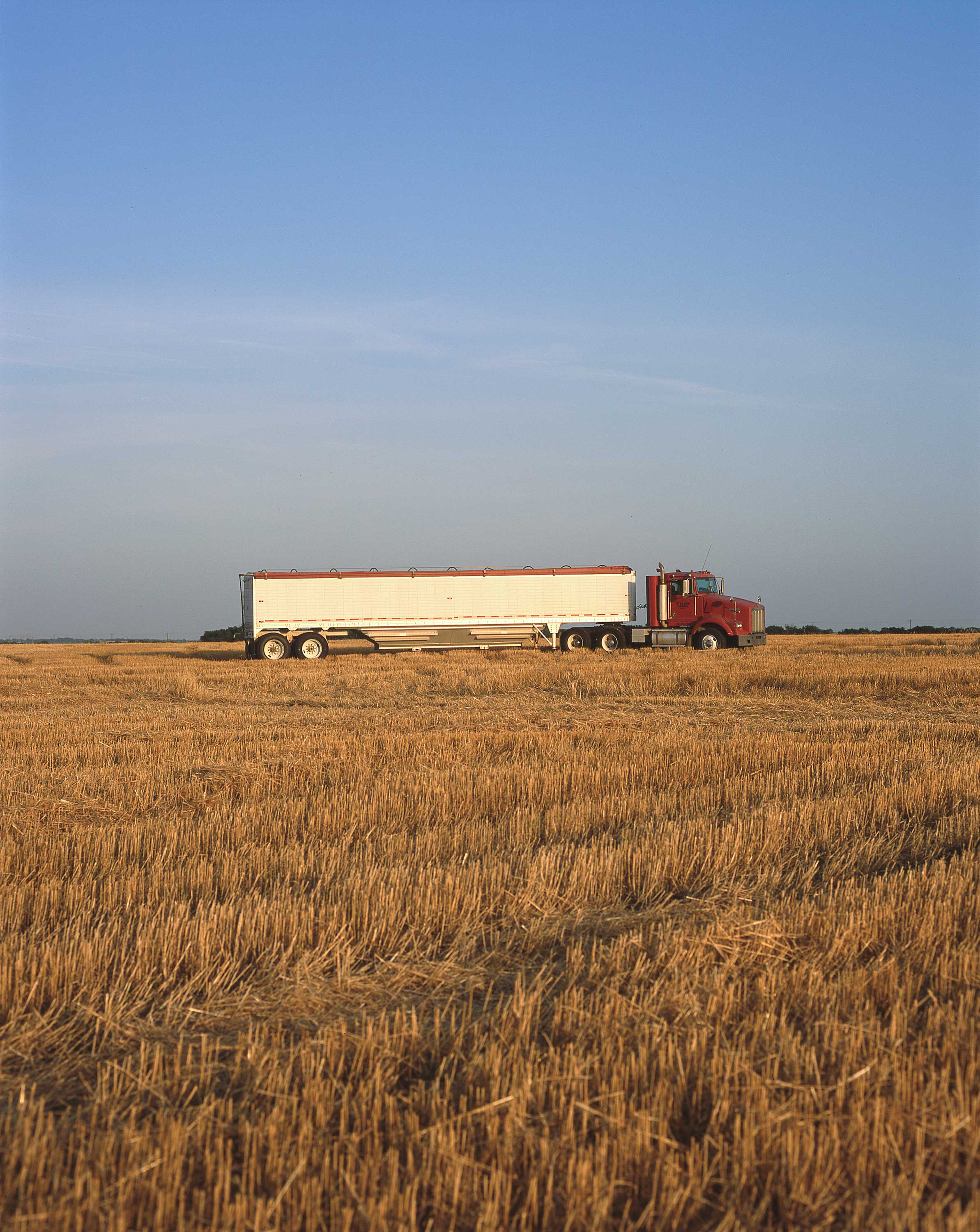
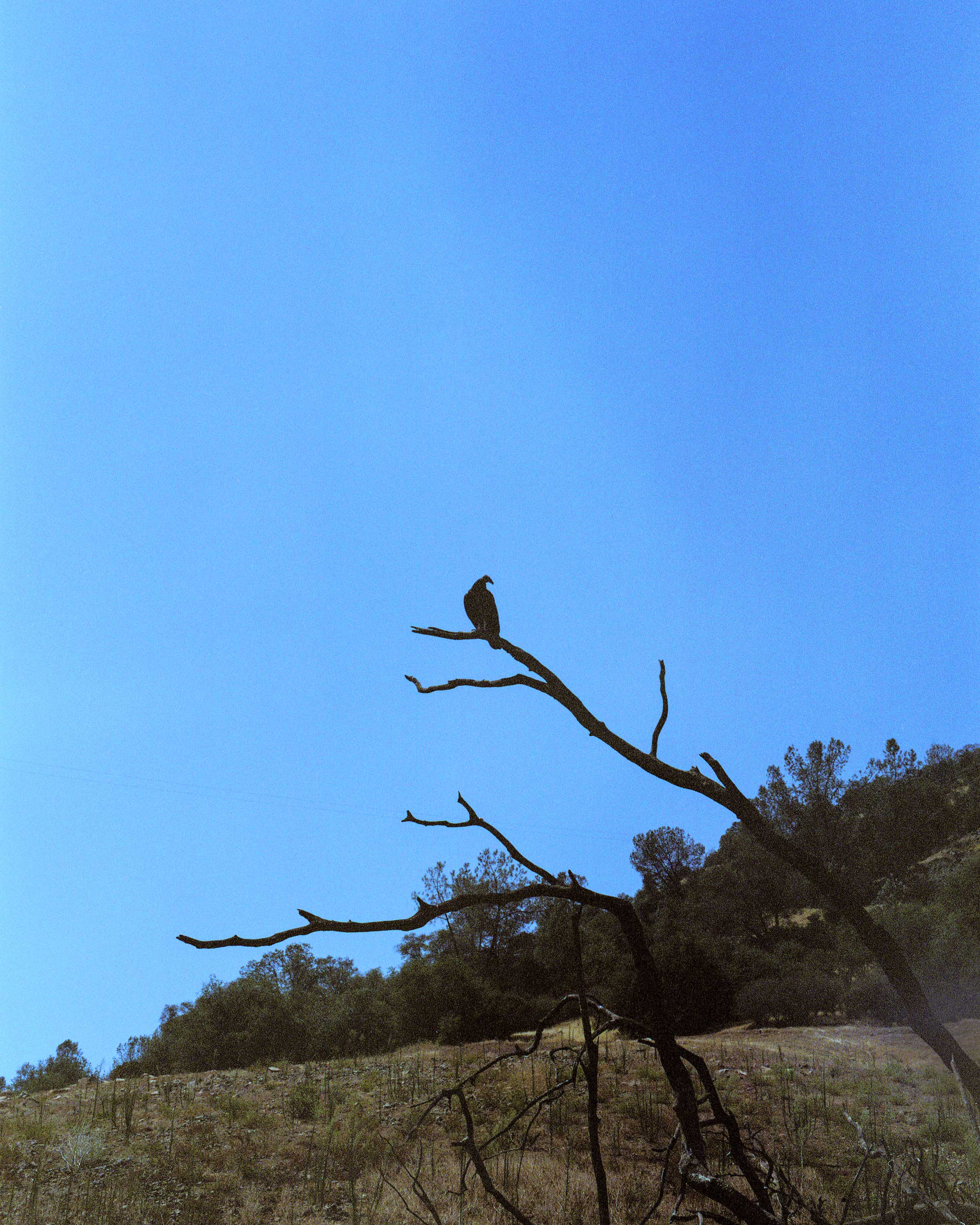

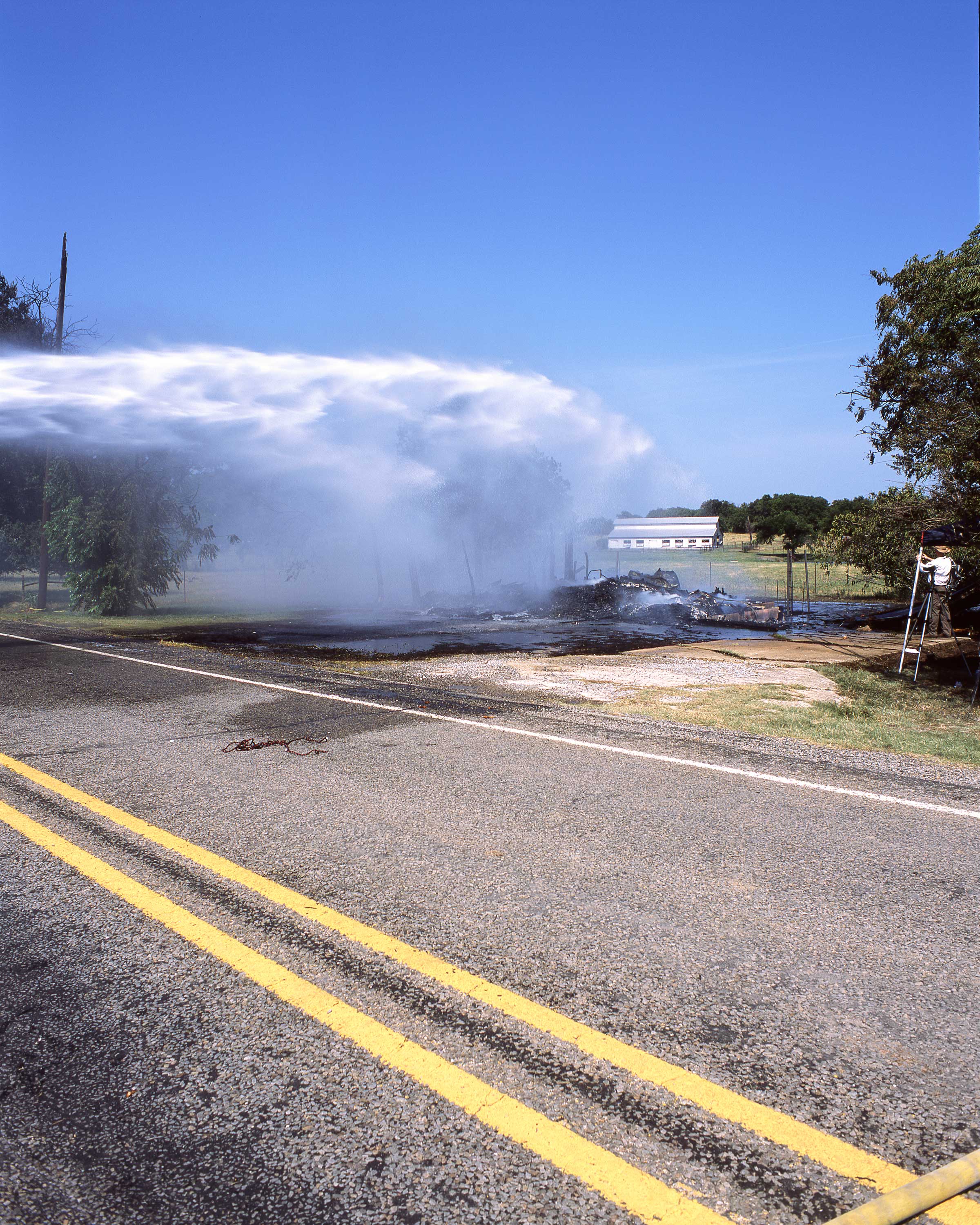
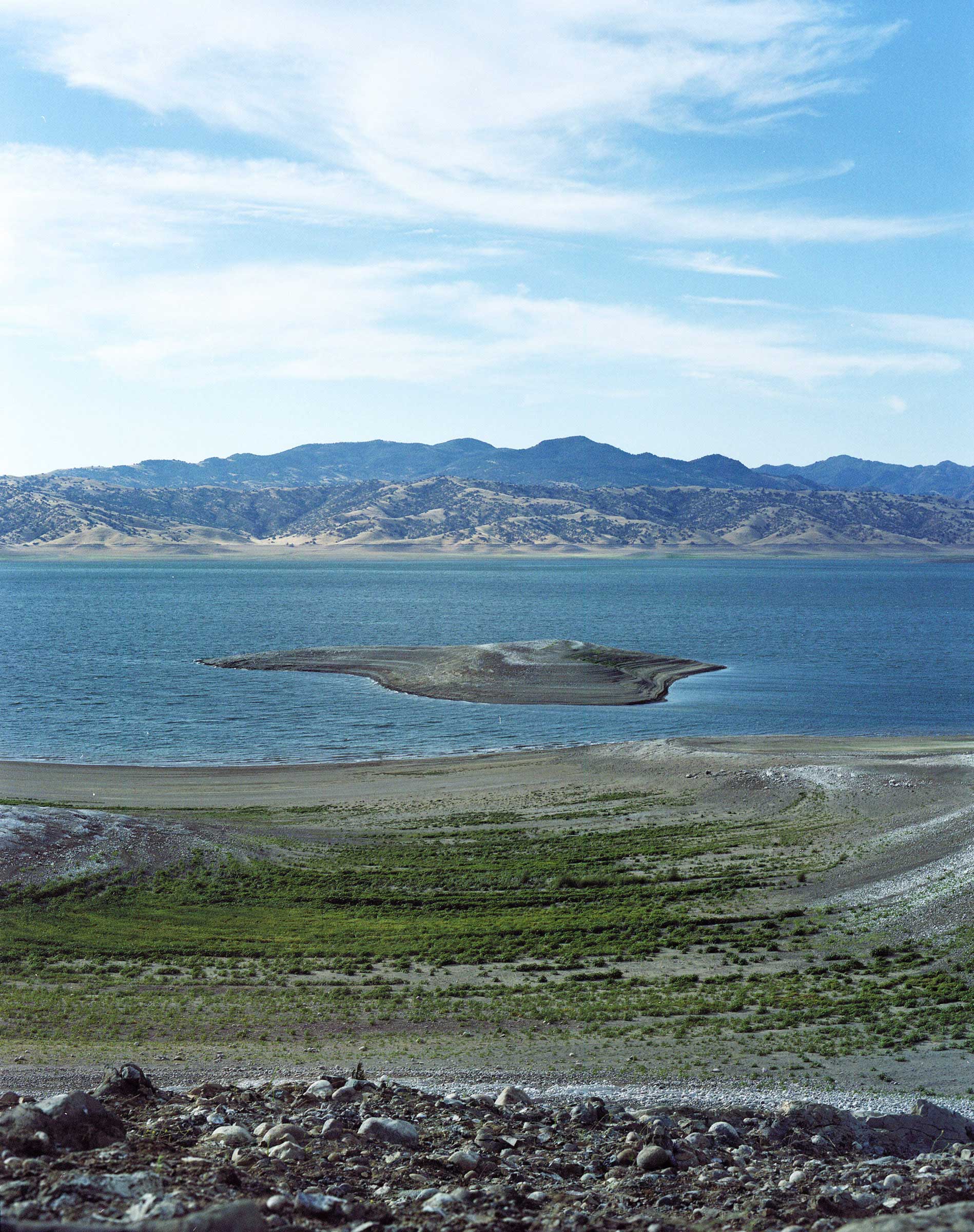
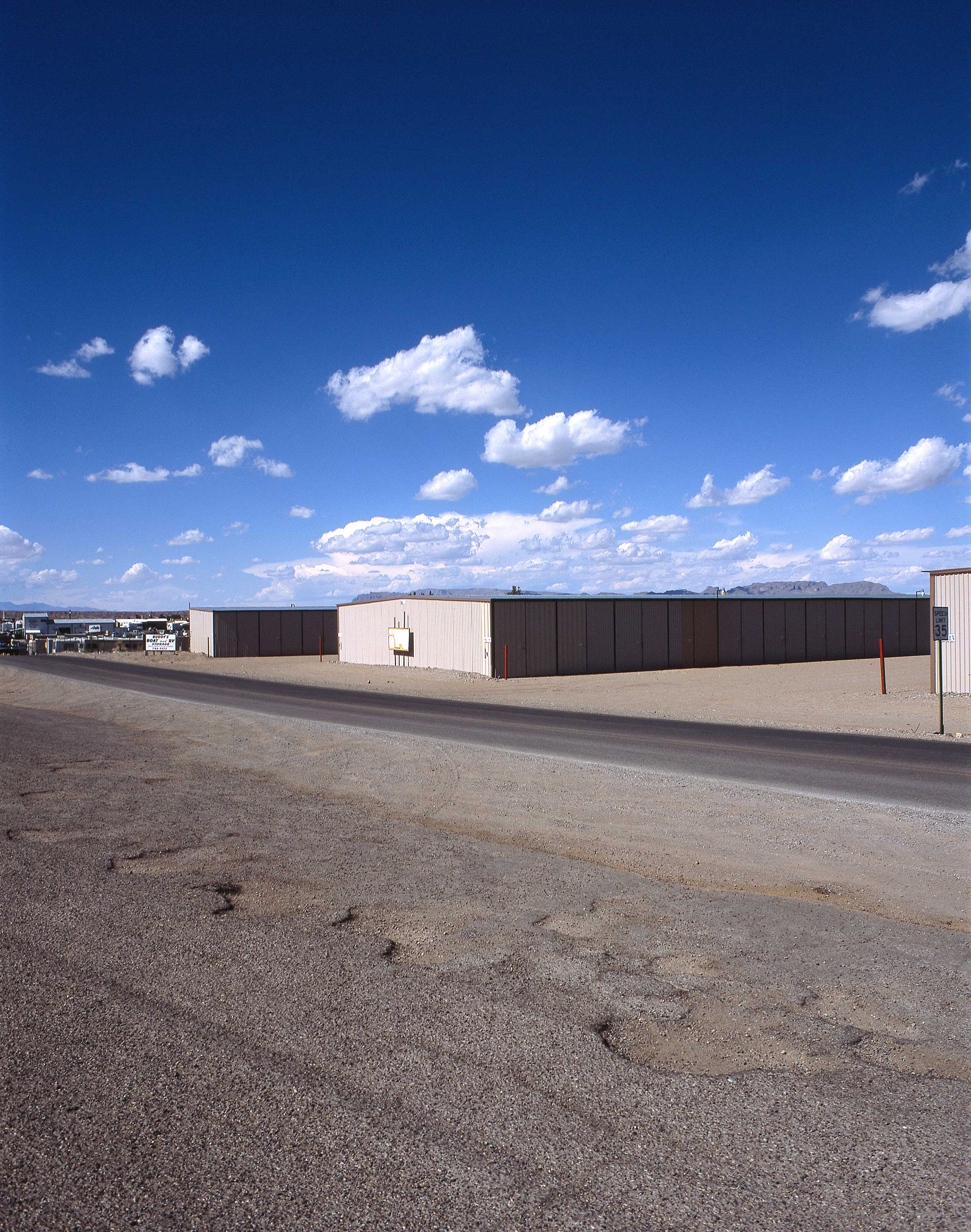
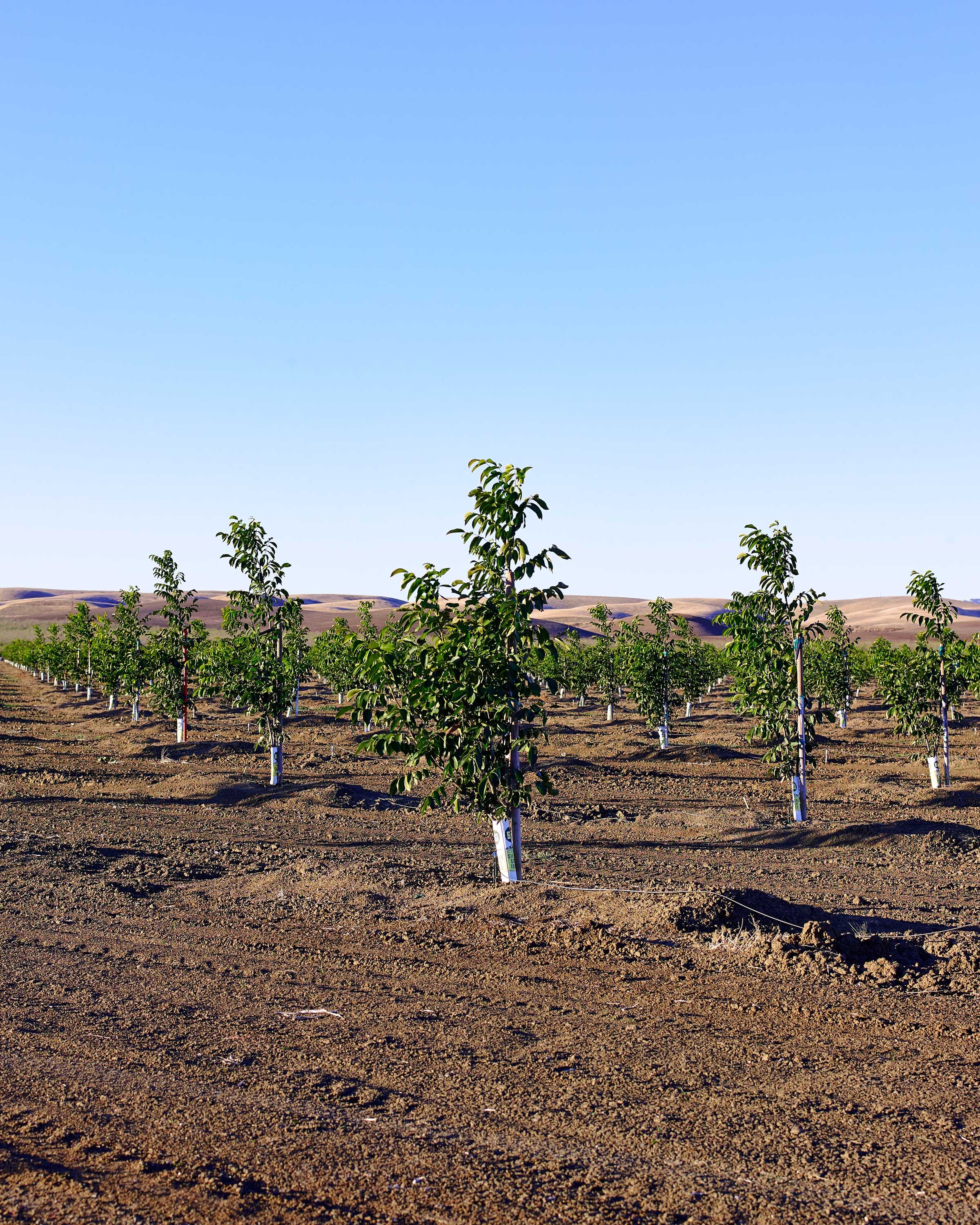
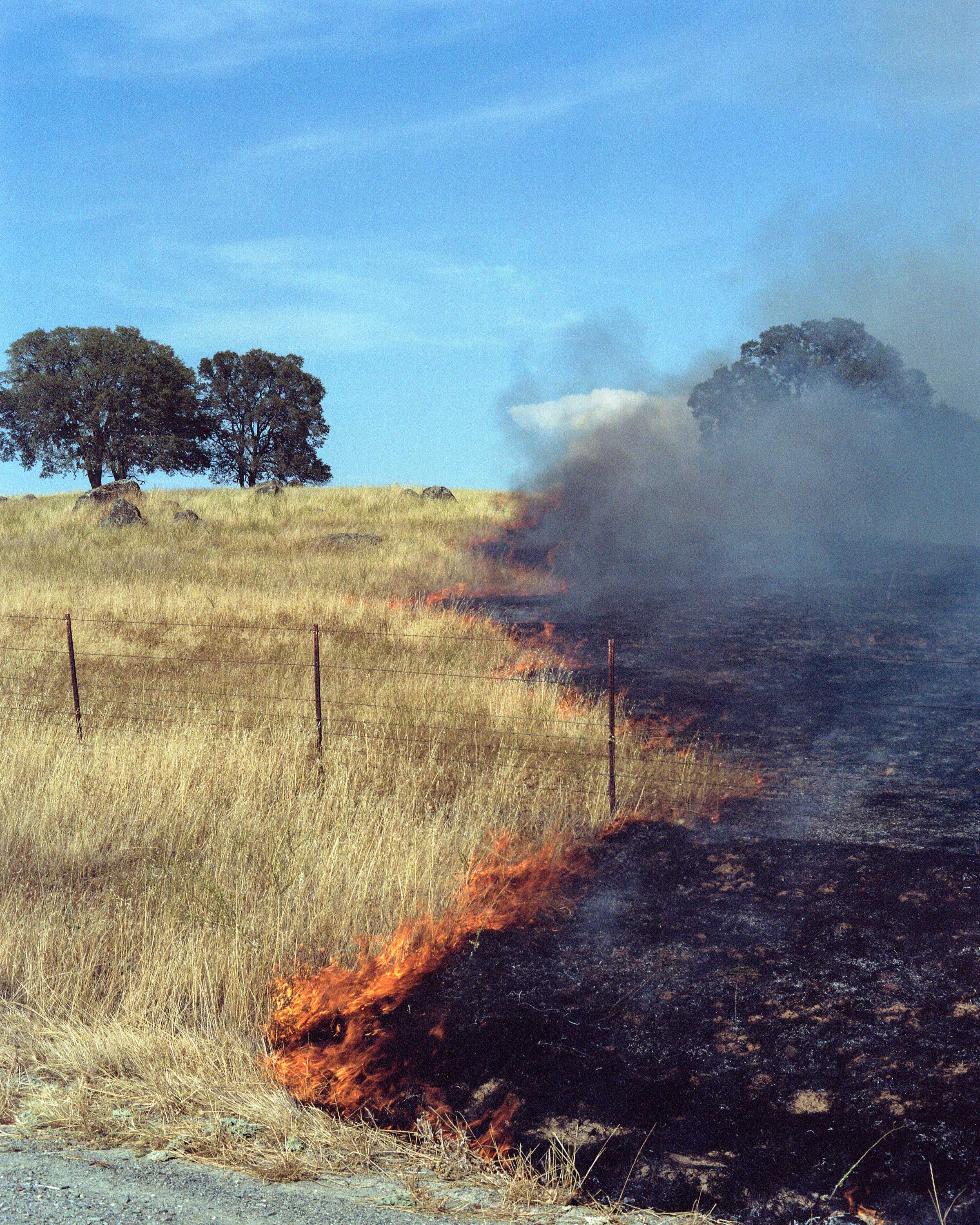
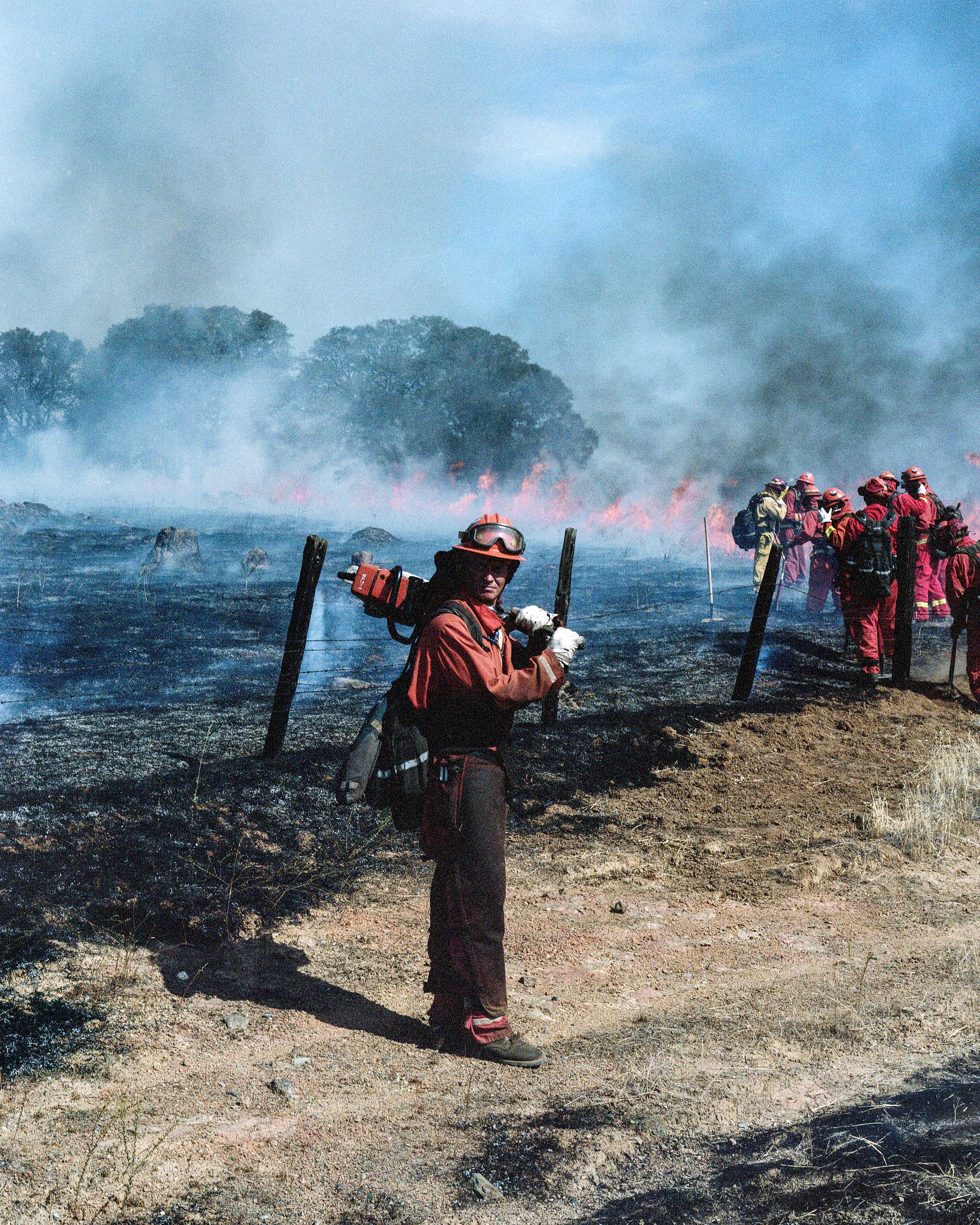
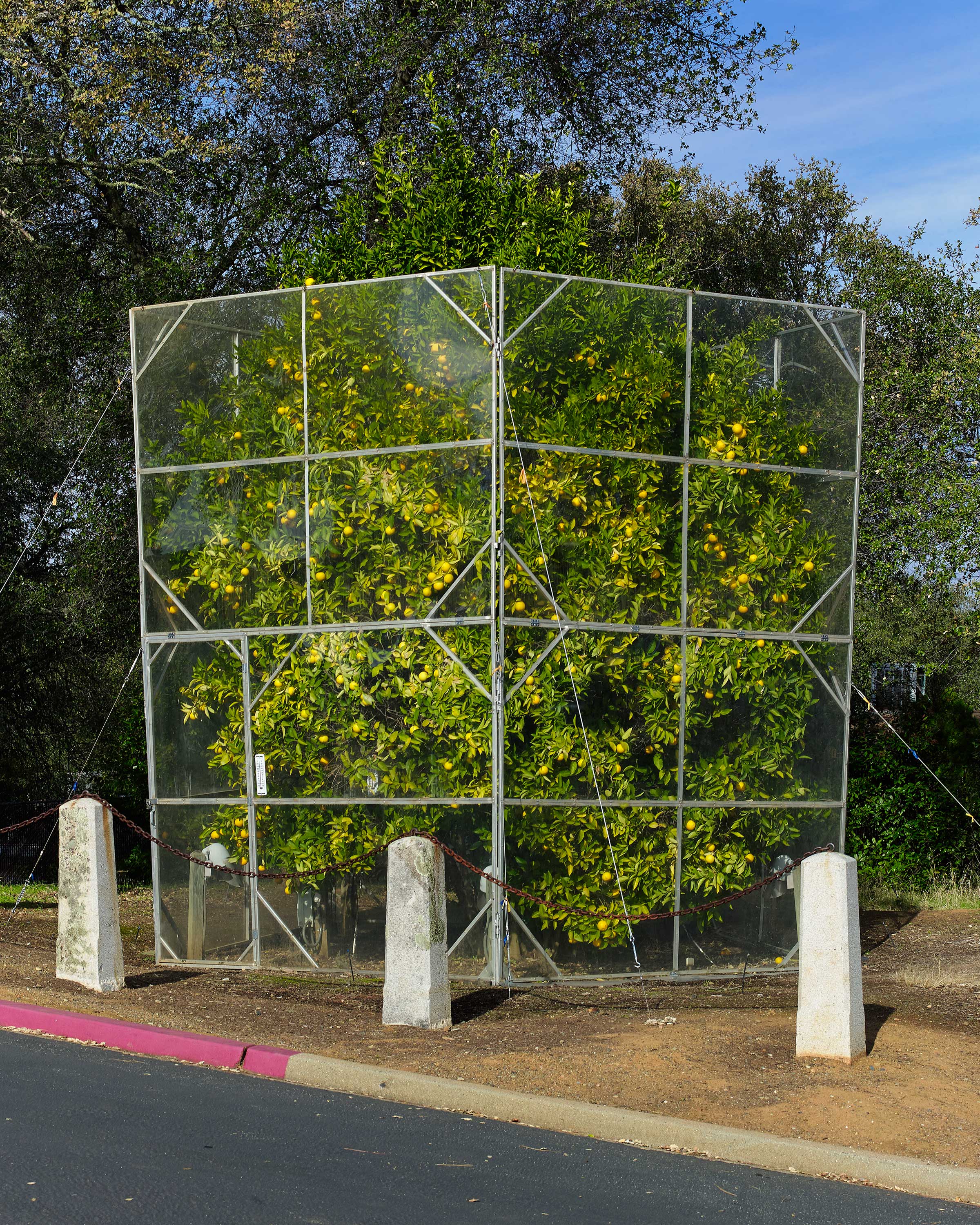
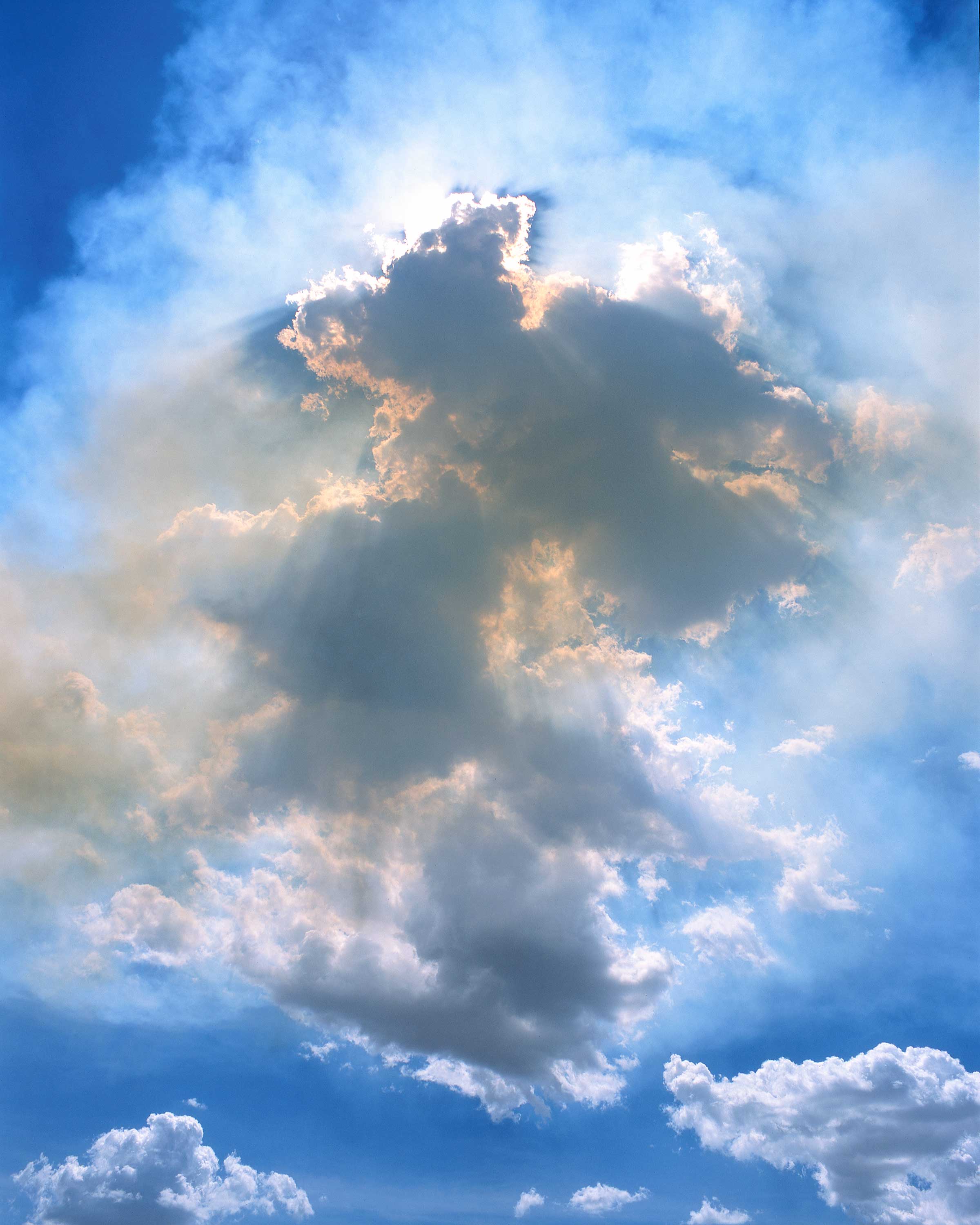
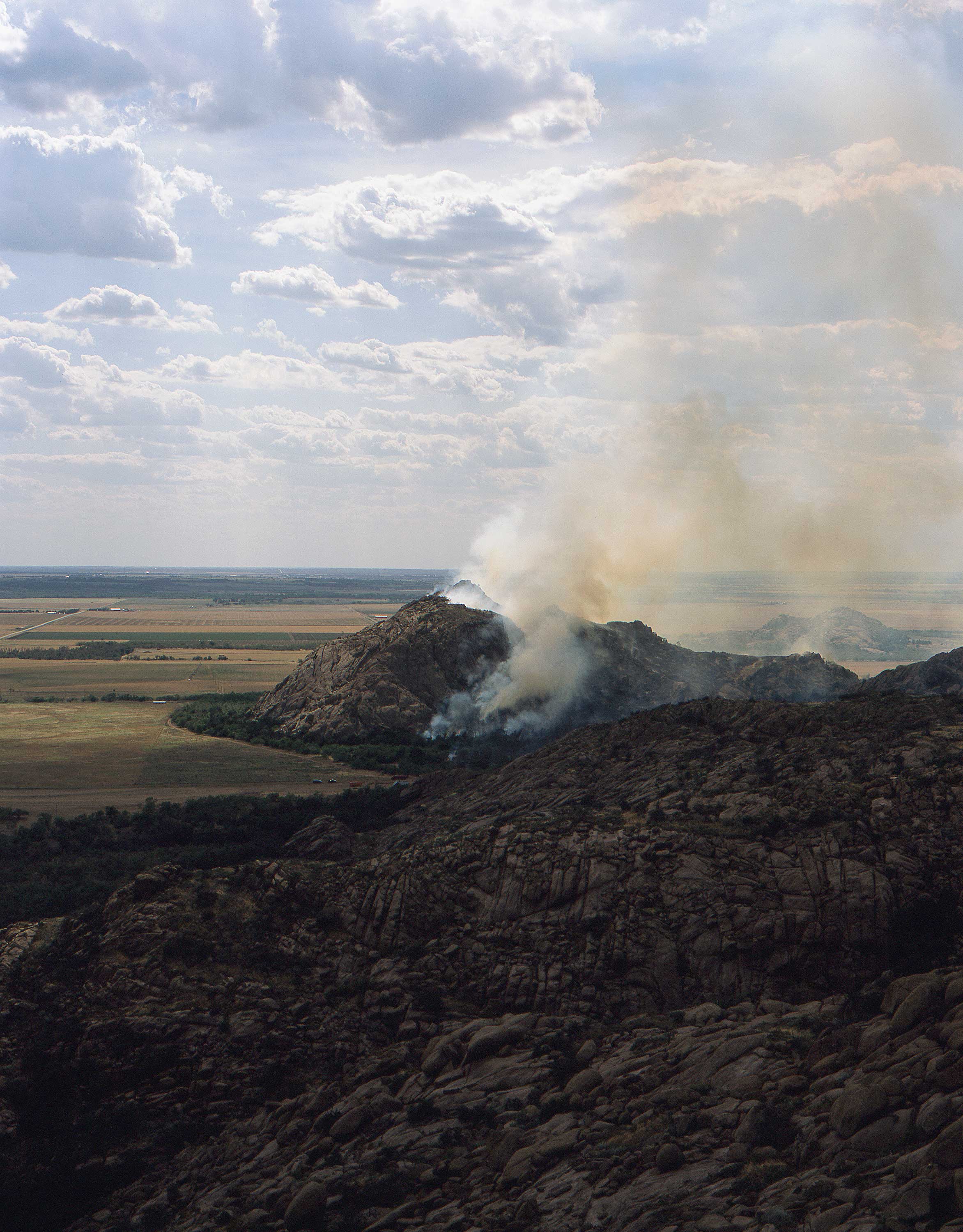
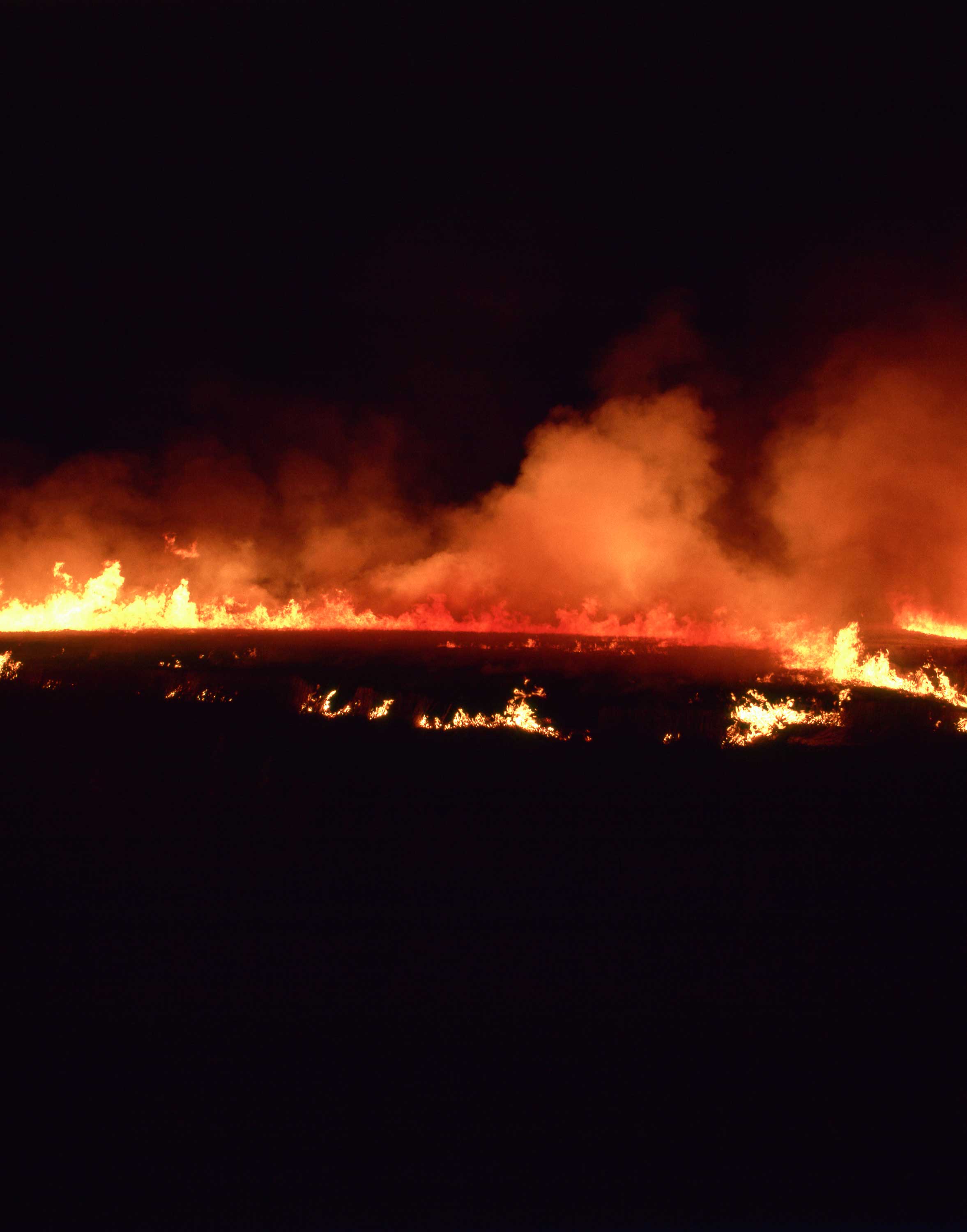
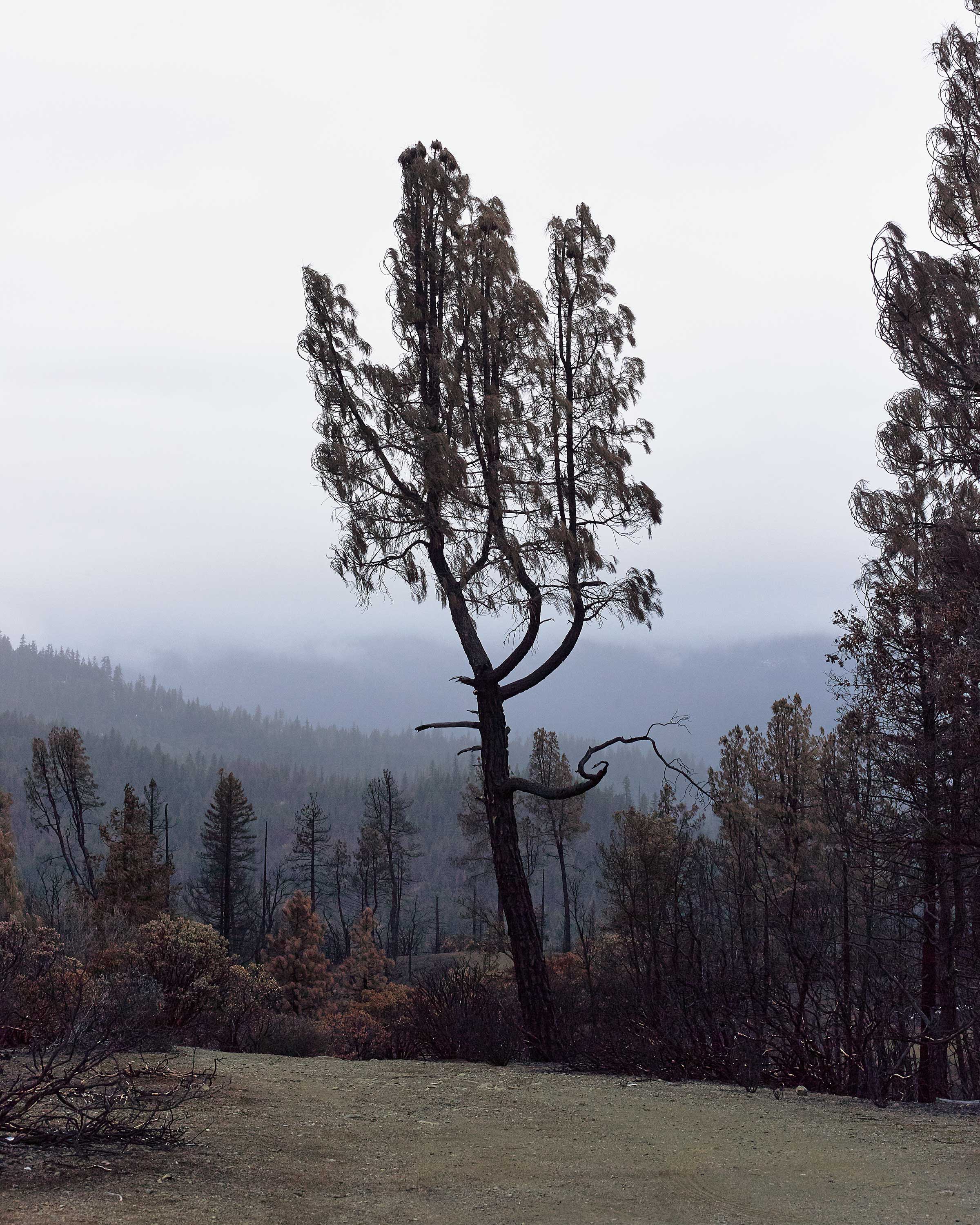
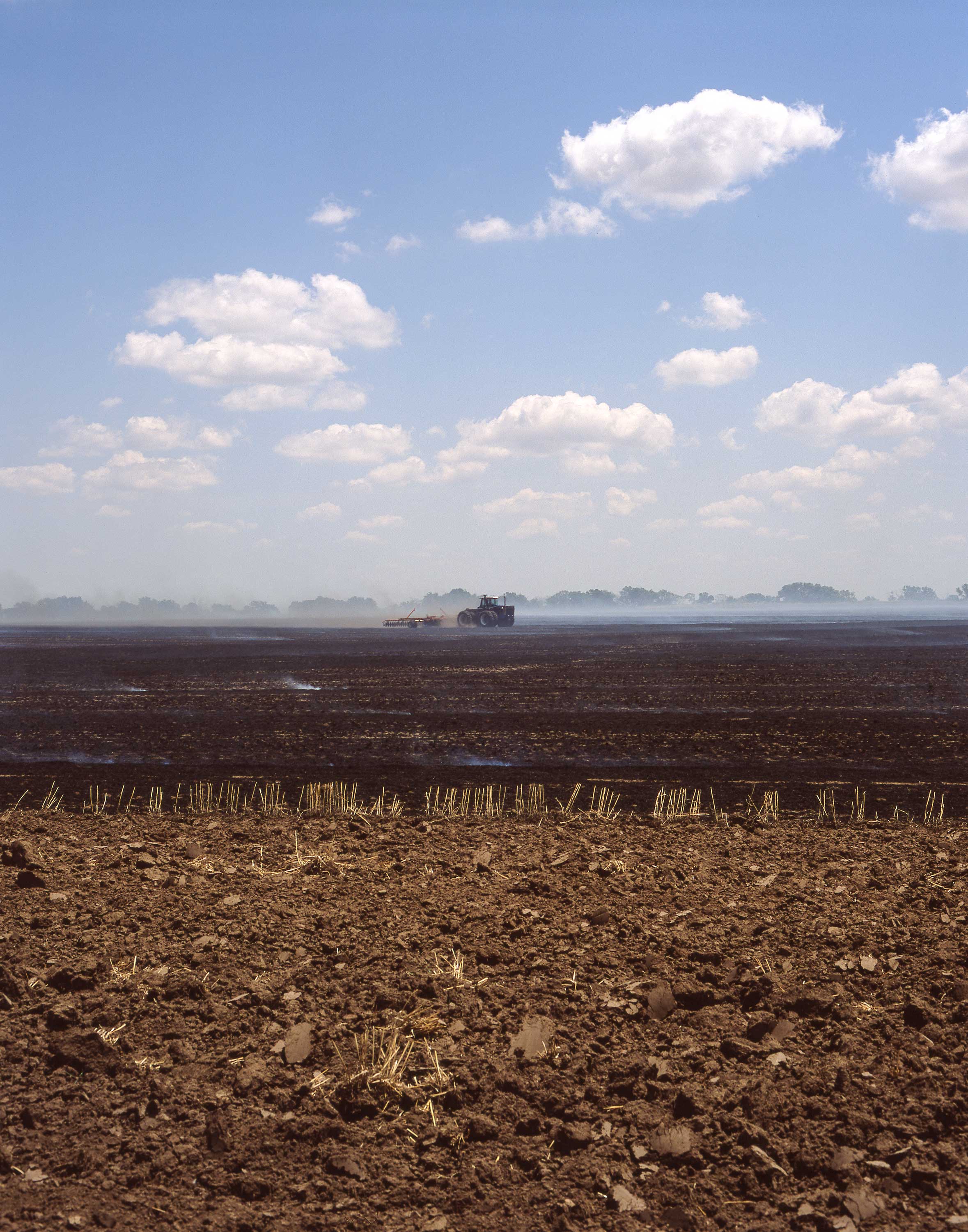
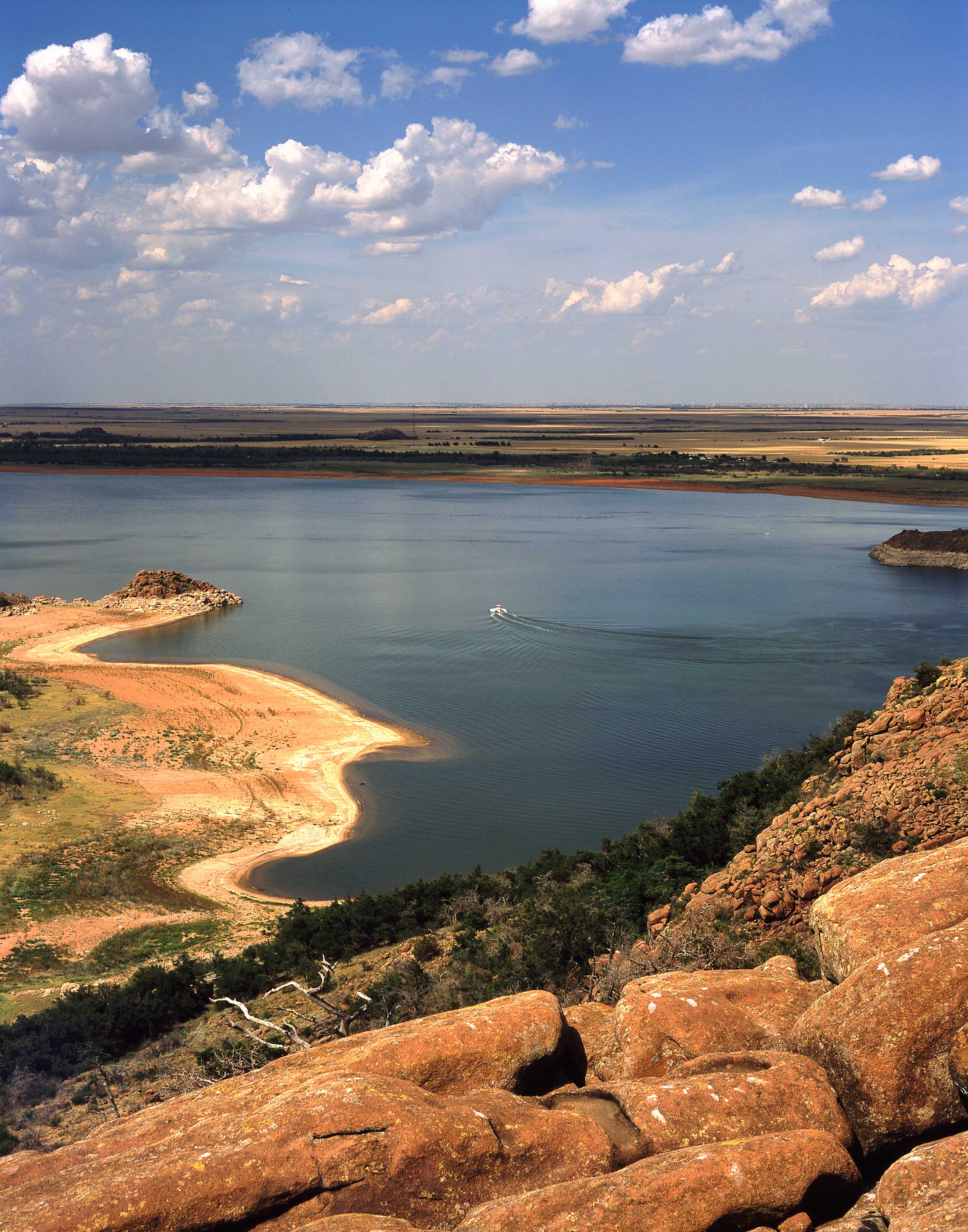
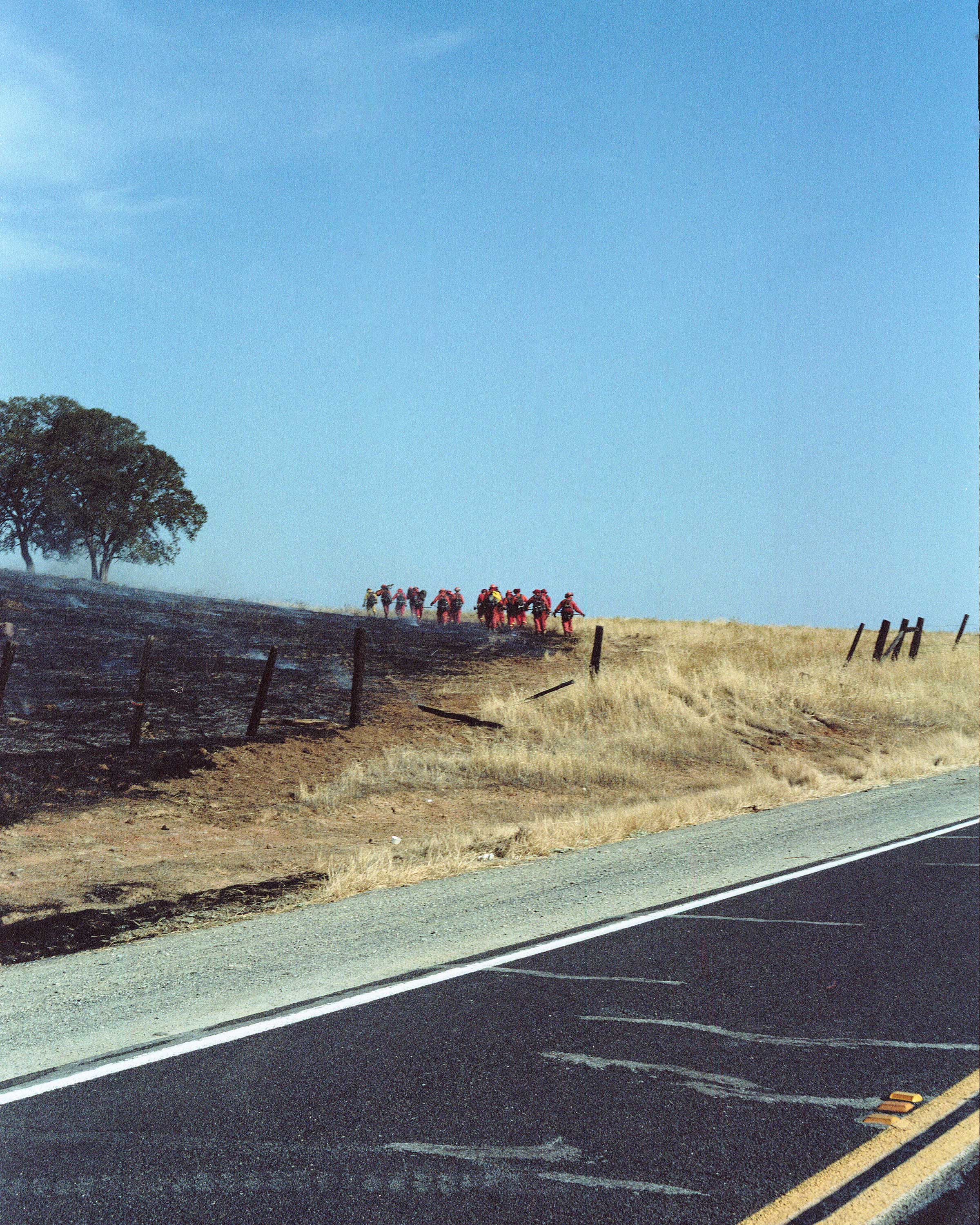
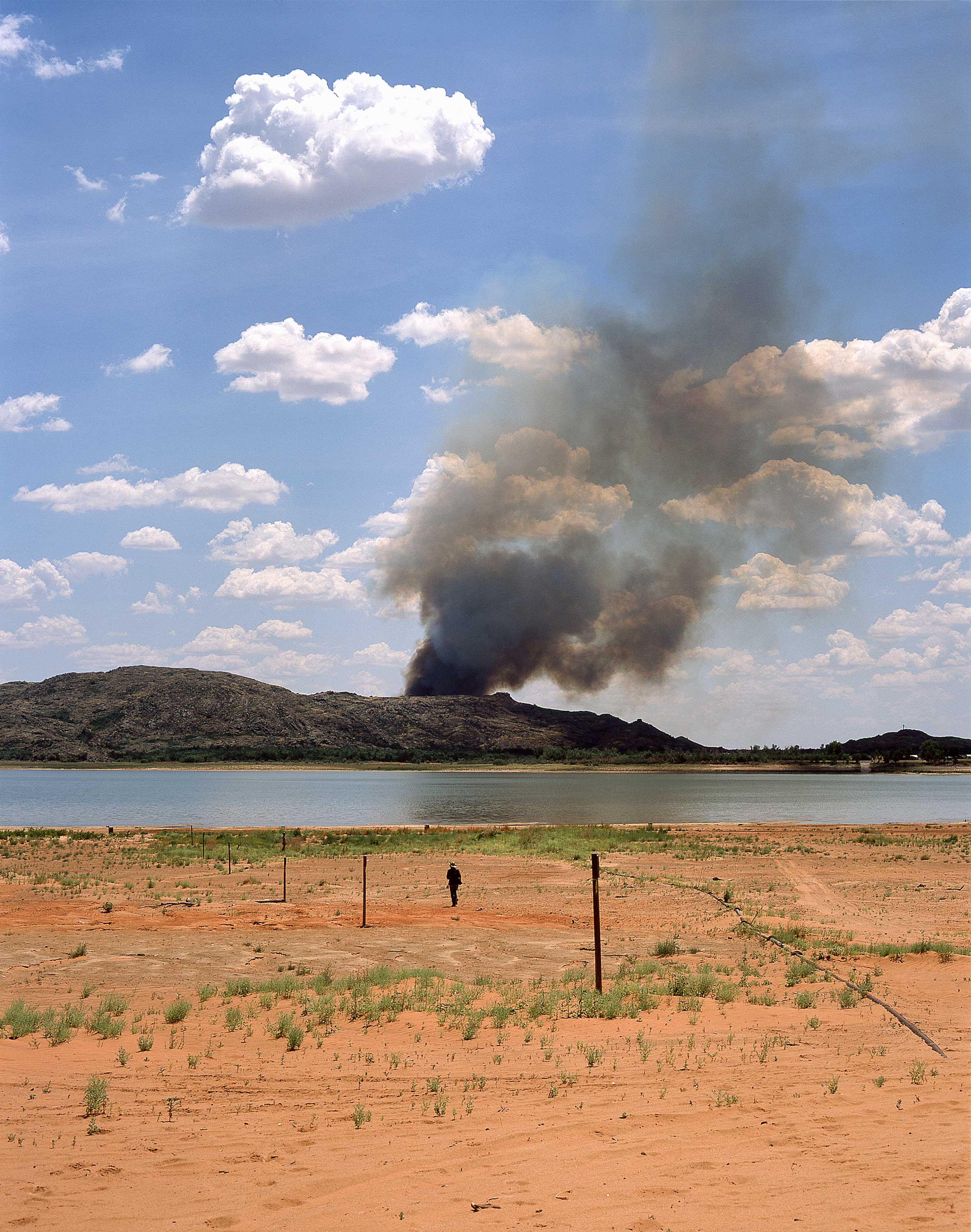
More Must-Reads From TIME
- The 100 Most Influential People of 2024
- The Revolution of Yulia Navalnaya
- 6 Compliments That Land Every Time
- What's the Deal With the Bitcoin Halving?
- If You're Dating Right Now , You're Brave: Column
- The AI That Could Heal a Divided Internet
- Fallout Is a Brilliant Model for the Future of Video Game Adaptations
- Want Weekly Recs on What to Watch, Read, and More? Sign Up for Worth Your Time
Contact us at letters@time.com